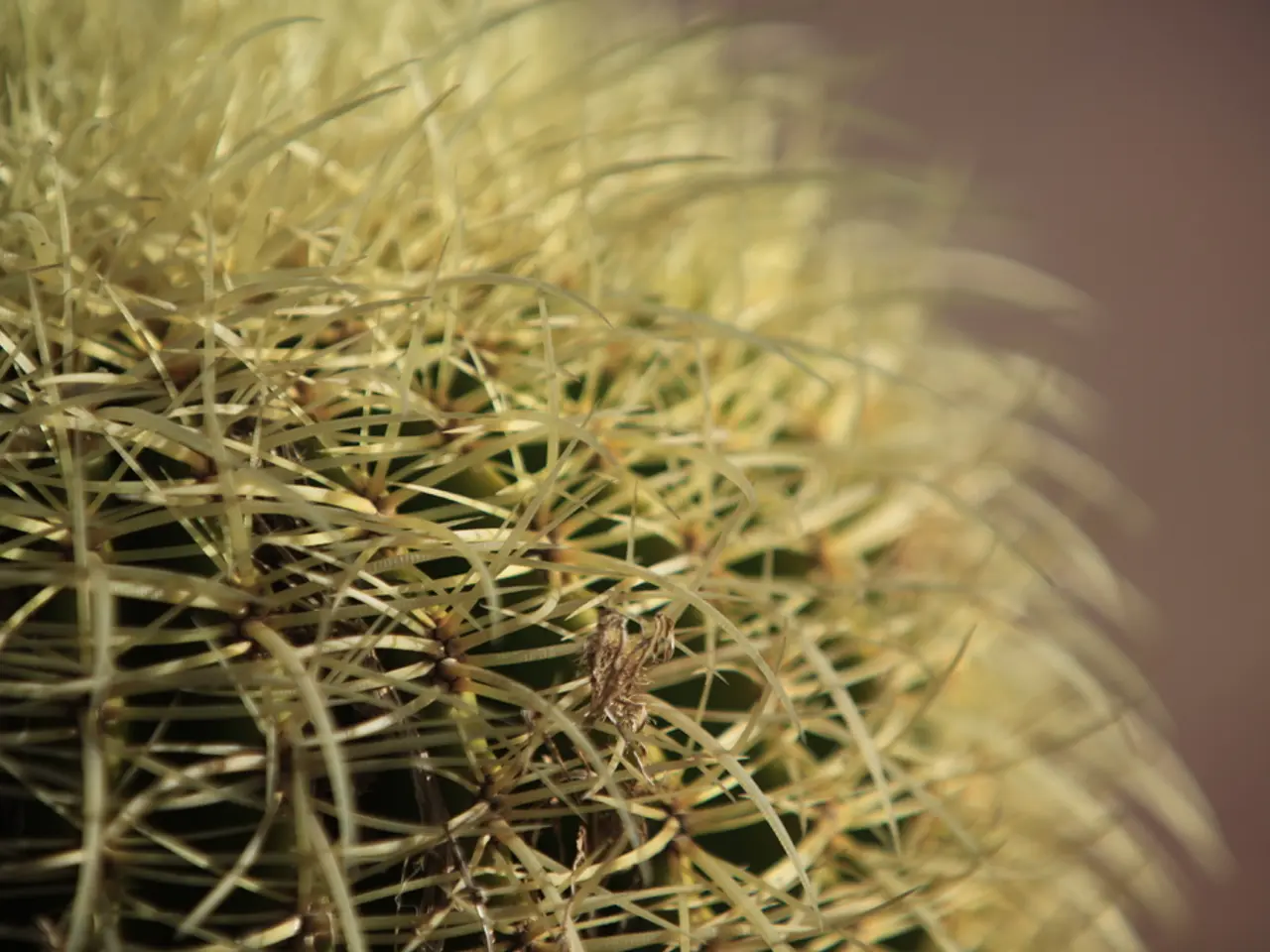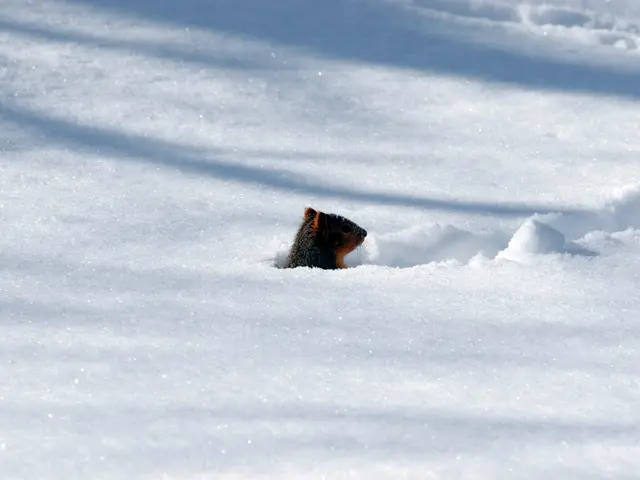Christmas Cactus Dropped Buds: 8 Reasons for Bud Fall-Out and Ways to Rectify It
In the spirit of the festive season, many gardening enthusiasts and homeowners alike are eager to nurture their Christmas cacti towards a blooming display. However, these tropical plants can be finicky, with bud drop being a common issue. To help you navigate the care of your Christmas cactus, we've compiled a list of preventative measures and tips to ensure a successful blooming season.
First and foremost, maintaining consistent watering is crucial for Christmas cactus flower production. Fluctuating soil moisture levels can lead to bud drop, so it's essential to keep the soil evenly moist, but never soggy. Avoid letting the potting mix dry out completely or become waterlogged.
Temperature stress can also result in bud loss. Christmas cacti require cool nighttime temperatures around 55°F to 65°F to encourage blooming, and should be protected from cold drafts and heat sources like heaters.
Light imbalance is another factor that can cause stress to your Christmas cactus. These plants thrive in environments with bright, indirect light, so ensure they receive this type of light and avoid direct harsh sunlight.
Lack of humidity can also be a problem for Christmas cacti, especially during the dry winter months. Increasing humidity by misting or using a humidity tray can help maintain bud retention.
Soil fertility and fertilization play a role in the health of your Christmas cactus. Poor soil fertility or over-fertilizing can harm the plant, leading to yellowing of foliage or wilting. Use a balanced, diluted fertilizer during the growing season but avoid excess feeding.
Pests and diseases, such as mealybugs or thrips, can stress the plant and cause stunted growth or bud loss. Regularly inspect the plant for pests and treat promptly with insecticidal soap or horticultural oil if needed.
Root problems, including root rot, can also lead to bud drop and weak growth. Ensure the cactus is potted in well-draining soil and avoid waterlogging. Repot if root rot is suspected to save the plant, adjusting watering accordingly.
To summarise, providing consistent care by stabilising these conditions can prevent bud drop and encourage your Christmas cactus to bloom beautifully throughout the holiday season. Here's a quick reference guide:
| Issue | Prevention/Action | |-----------------------|--------------------------------------------------------------| | Watering extremes | Keep soil evenly moist, water moderately, avoid soggy soil | | Temperature stress | Maintain 55–65°F nights, avoid drafts and heating vents | | Light imbalance | Provide bright, indirect light | | Low humidity | Increase humidity via misting or humidifier | | Fertilization issues | Use balanced fertilizer sparingly during growth | | Pests/Disease | Inspect regularly, treat infestations early | | Root health | Use well-draining soil, avoid overwatering, repot if needed |
During the day, Christmas cacti should be in bright light but avoid scorching sun from southern windows. Most Christmas cactus plants are considered "short-day" plants, requiring a long period of darkness before setting buds. The Christmas cactus is a succulent plant that originates from the tropical forests of Brazil.
In the weeks leading to flowering, Christmas cacti require long periods of darkness (13-14 hours) each night. Over-fertilizing can lead to the plant dropping buds to make room for new blooms. The ideal Christmas cactus fertilizer is a balanced houseplant feed diluted to half-strength, applied once a month between spring and the end of summer.
Fungal infections can impact flowering and the overall health of Christmas cacti, with symptoms such as rot, lesions, yellowing, browning, or mold. The ideal temperature for a Christmas cactus is between 60-65°F (15-18°C) in the fall and winter. Pests like aphids, mealybugs, mites, scale, and whiteflies can feed on the sap of Christmas cacti, causing weakness, stunted growth, and bud drop.
Christmas cacti are epiphyte plants that grow on trees and rocks beneath a dense tree canopy. East or west-facing windows are ideal for positioning Christmas cactus containers. Christmas cactus light requirements are crucial for growth, with the plant thriving in bright, indirect light. Christmas cactus care involves checking the soil for moisture every few days, allowing it to dry out between waterings, and allowing water to drain through fully before returning the pot to its tray or outer container. Rapid or inconsistent fluctuations in moisture levels may lead to stress in the plant, resulting in poor or delayed bud set.
Repotting a Christmas cactus provides a fresh injection of nutrients, with a mix of two-thirds houseplant soil and one-third sand, perlite, or vermiculite for ideal soil. In the growing season, Christmas cacti require long periods of darkness (13-14 hours) each night.
By following these tips and providing consistent care, you can help your Christmas cactus thrive and bloom beautifully during the holiday season. Happy gardening!
Maintaining a balanced home-and-garden lifestyle by focusing on the care of your Christmas cactus can lead to a successful blooming season. To keep your Christmas cactus blooming, ensure consistent watering, providing a soil that is evenly moist but never soggy, and adjusting the temperature to cool nights between 55°F to 65°F to encourage bud production.








